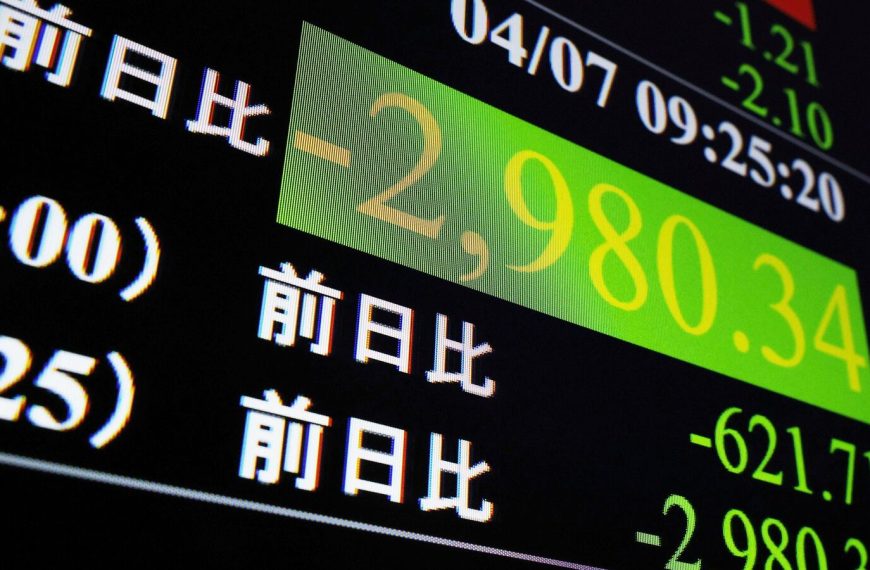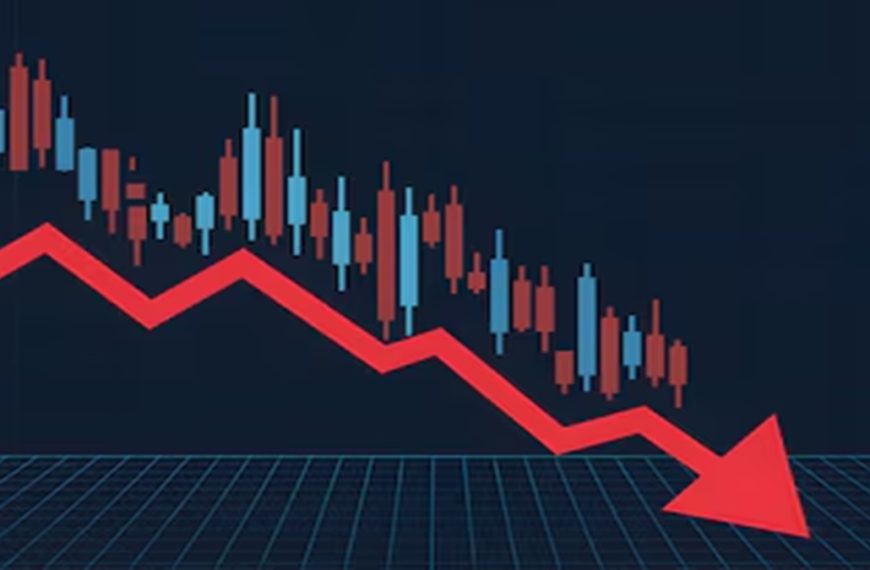The euro and the Japanese yen experienced significant gains against the U.S. dollar on Thursday, sparking discussions among investors about the implications of President Donald Trump’s sweeping tariffs on international trade and economic stability. As the dollar plunged to its lowest levels in six months against these currencies, many investors sought refuge in safe-haven assets like the yen and the Swiss franc.
Tariff Announcement Sends Shockwaves
The recent announcement regarding tariffs has left markets reeling, leading to a downturn in global stock indices and driving investors toward bonds and gold. Concerns are mounting that escalating trade tensions could instigate a drastic slowdown in the global economy, potentially igniting inflationary pressures. Trump’s declaration of a 10% baseline tariff on all imports, along with steeper duties on key trading partners, has stirred anxiety among market participants.
- Key Takeaways:
- 10% tariff imposed on all U.S. imports.
- Increased duties on significant trading partners.
- Escalating fears of a global economic slowdown.
Adam Button, the chief currency analyst at ForexLive, noted that the U.S. government appears less concerned about short-term economic growth than in the past. He stated, “The market is looking for the fastest-growing economies, and the current administration’s approach suggests a shift in priorities that has unsettled investors.”
Economic Indicators Reflect Uncertainty
In light of these developments, the dollar largely brushed off disappointing data from the Institute for Supply Management. The report indicated that the U.S. services sector had slowed to a nine-month low in March due to tariff-related uncertainties. This information adds to a growing list of negative consumer and business sentiment reports, which have heightened concerns about potential stagflation.
Despite these worries, there was a silver lining as new claims for unemployment benefits declined last week, indicating ongoing stability within the labor market. Button pointed out, “Current data is somewhat irrelevant as we shift focus towards rethinking the global trading landscape and its implications for the future.”
Currency Movements and Market Reactions
The euro surged by 2.4%, reaching $1.1109, marking its most substantial intraday gain since December 2015. Similarly, the dollar fell 2.6% against the Japanese yen, trading at 145.45, and sank 3.03% against the Swiss franc at 0.8554. Both currencies have now reached their strongest positions against the dollar in half a year. The British pound also rose, gaining 1.11% to $1.3155.
Concerns Over U.S. Dollar Stability
Deutsche Bank issued a warning about a potential crisis of confidence in the U.S. dollar, suggesting that significant shifts in capital flows could overshadow traditional currency fundamentals. David Song, a senior strategist at Forex.com, indicated that ongoing tariff strategies could prolong the dollar’s weakness and even prompt the Federal Reserve to reconsider its monetary policies.
- Highlights:
- The U.S. dollar is at risk of further decline.
- Potential retaliatory measures from trading partners could lead to increased prices.
- EU chief Ursula von der Leyen condemned the tariffs, stating they pose a serious threat to the global economy.
Meanwhile, the Chinese yuan weakened to its lowest point against the dollar since mid-February, while the Mexican peso and Canadian dollar showed resilience, with the U.S. dollar declining by over 1% against both.
Conclusion
As the market navigates these turbulent waters, the interplay between tariffs and currency values will be crucial to watch. Investors remain cautious, weighing the potential fallout of trade disputes against their investment strategies in a rapidly changing economic landscape.











